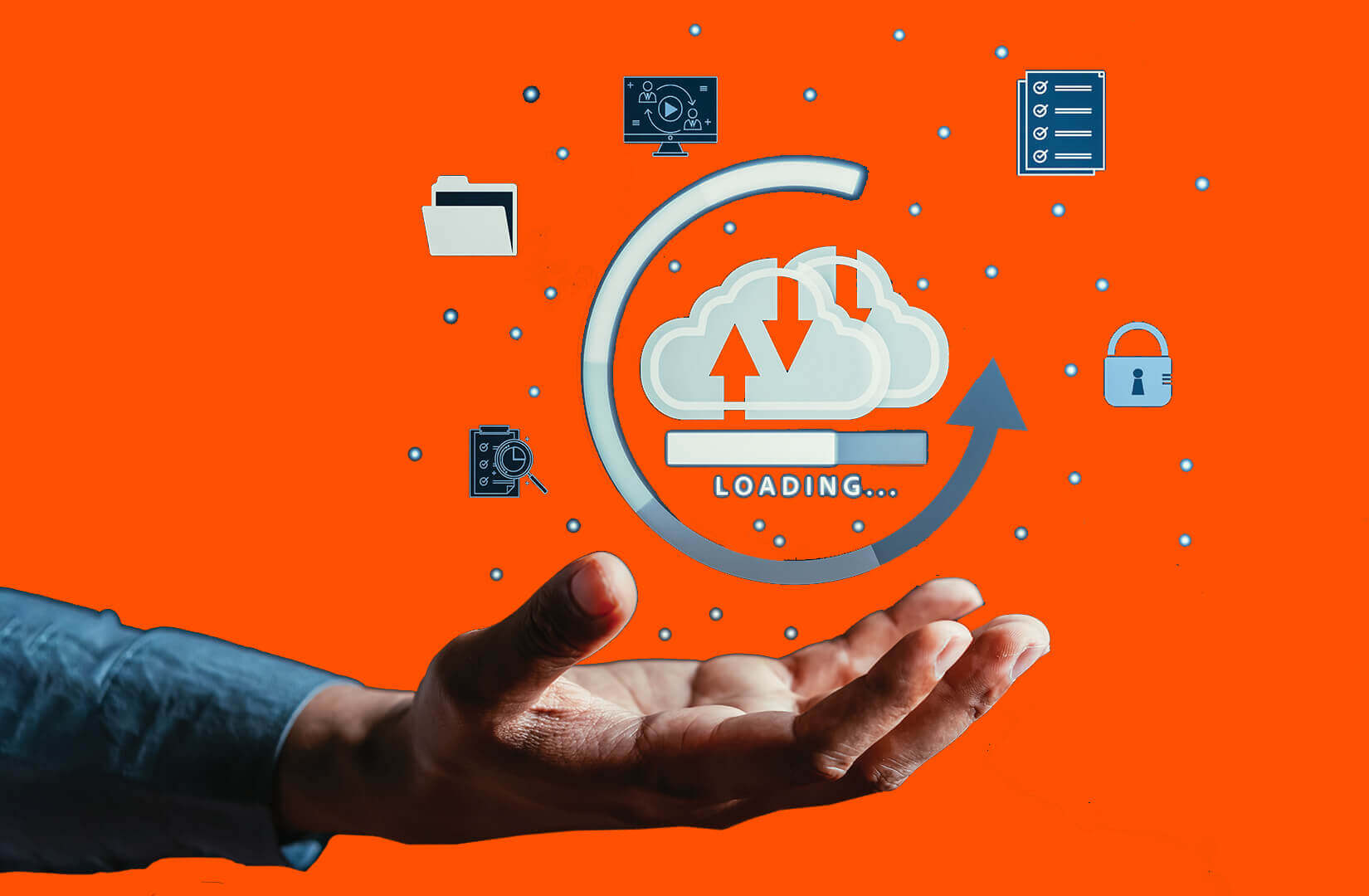Summary
A recent The Pure Report podcast featured Pure Storage’s Ben Kendall and Chris Sprague. They discussed the history of data protection and the challenges with achieving it.
Modern data protection. It’s a phrase that deserves some unpacking, right?
“Modern” can mean so many different things.
“Data,” as we know, now takes a dizzying amount of forms. And “protection”—let’s just say that’s become somewhat of a loaded term in the IT world these days.
Luckily, I had some serious “backup” (pun intended) for this unpacking job—two Pure Storage industry data protection experts: Solutions Architect Ben Kendall and Principal Technologist Chris Sprague. Both have decades of experience helping enterprises small and large protect their data.
We chatted about all things modern, data, and protection.
How It All Started
First off, what exactly do we mean by protecting data? To understand the answer to this, we need to go back in time.
Depending on how far back you go, “data protection” once meant things like a company relying on a mainframe for line-of-business applications, but (a key point) not depending on this mainframe to keep the business running. Then things went “digital,” and that’s when data became the new oil, or gold, for keeping things running and even driving business outcomes.
“As you kind of fast-forward, I feel like part of what leads us into what we talk about with modern data protection is the increased dependence organizations have,” Ben said, and that includes small and medium-sized companies, too.
They all rely on modern digital applications to function.
Ben recalled (many years ago, when he worked for a different company) having to deal with a mid-sized manufacturing company’s CEO standing outside the data center at 7:30 am because a hard drive had gone down. Hourly employees were sent home. The CEO was unhappy. It wasn’t pretty.
“It was very painful for me so probably why I’m here today is because of that experience,” he said.
He added that this is also why modern data protection is so much more than just making a copy of the data somewhere. It means providing true “six-nines” of infrastructure availability, improving the equipment over time without disruptive upgrades, and then, if there is a disruption, getting the applications and affected data back online as quickly as possible.
It’s what we mean at Pure Storage when we talk about “resiliency”—recovering quickly—but it’s hard to fully understand the value of resiliency without the context of disk and cloud.
The Disk-to-cloud Revolution
Disk storage arose from the need to reduce storage costs and improve efficiency.
“I had the first prototype 1-gigabyte disk almost ever made,” Chris said. “It oinked like a pig. It was louder than heck.”
Disk kick-started the hyperdrive to make storage cheaper and deeper via the rapid competitive race driven by consumer devices—a race that quickly ran into obstacles.
“Over time, we’ve learned that there’s moving parts that fail,” Chris said. “And the only way to get more space into spinning disks is to add more moving parts.”
Enter cloud, which swooped in as the next big thing, offering significantly enhanced agility and technology access, changing the data storage and protection game almost overnight.
But as storage and protection evolve, so do the ways to disrupt them. Over the last few years, the rise of ransomware has made cloud storage trickier, costlier, and more dangerous.
Big plot twists coming, though—as new technologies would throw everything for yet another loop.
The ‘Modern’ Era Begins
Containers, AI, IoT, Kubernetes—it’s hard to have any IT conversation today that doesn’t mention one of these.
They’re all great—but they also sometimes bring to mind the expression, “This is why we can’t have nice things.”
“All those things are just spinning up more and more data,” Chris said.
What does more data mean? More challenges—and more emphasis around distinguishing between things like resiliency and availability. The former means you won’t lose your data but may not necessarily be able to use it. The latter means you can still actually use your data—a rather novel concept in the world of data protection… until now.
“Backups are really a last line of defense,” Ben said. “Really, what we see in modern data protection is a strategic layered approach.” This approach, Ben said, involves not just multiple points of recovery but also data reuse and enabling the lines of business to analyze data more effectively to drive better outcomes.
So… data protection as driver of business outcomes? That brings us to Pure Storage.
Pure Storage’s dedicated team of modern data protection specialists works closely with customers and with engineering.
Their main focus? Solving the real-world problems organizations face with data protection, such as meeting uptime SLAs.
The Pure Modern Data Protection team works closely with Pure channel partners to make sure they understand not only the high-level solutions around disaster recovery and modern data protection but exactly what Pure Storage does in these realms and why Pure Storage’s team and products are the best out there. And with partners like Veeam and Commvault, Pure Storage has powerful allies to make the offering even more robust.
“It’s that combination, kind of being able to be empowered from our partners—around recovery, around visibility, around security—and also unlocking features through those partnerships, as well,” Ben said.
“When we talk about modern data protection… we’re really focused on what the positive business outcomes are around making sure their applications stay online,” he said.
That’s true resiliency. That’s Pure Storage.
Discover more about why Pure Storage is the future of data storage and data protection.

Written By:
For the Road Ahead
Learn why Pure Storage is the future of data storage and data protection.






